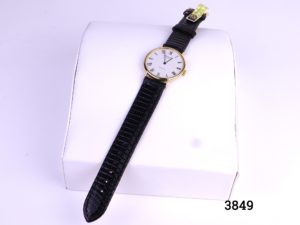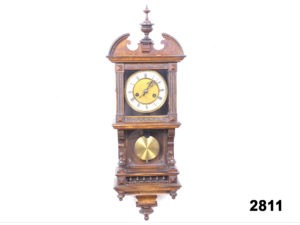Clocks are the instruments to measure time and over the years a lot of instruments have been invented in order to improve the measure of time. There were a lot of types that were invented which eventually landed in the modern-day clock that measures time on the basis of seconds, minutes and hours.
Ancient people never had a device to watch time, in fact, there was no concept of specific time. But then, they carried all of their work on time. Know how? People were intelligent enough to observe the position of the sun and determine the average time with proximity. But there were other ways to measure time.
Some intelligent people used sundial which measured time based on the angle inclined by the sun while some people woke up at the crowing of the rooster or drank a lot of water before sleep to fill their bladder so that they would wake up for nature’s call. Sounds funny but understand how fortunate we are to the invention of clocks. There was even an instance of people waking up at 2 or 3 in the morning mistaking it for 5 or 6. Can you imagine your sleep being ruined just because you don’t own a clock or never heard of one?!
Let’s take a brief look at the history of clocks and timekeeping pieces.
Sundials
Sundials are among the earliest shadow clocks which were the first devices used for measuring the parts of a day. The oldest known sundial is from Egypt, dating back to around 1,500 B.C. 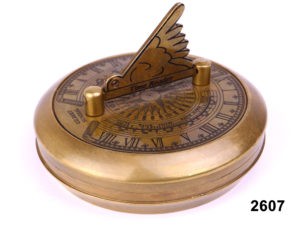
Monastery Clocks and Clock Towers
Church life and specifically monks calling others to prayer made timekeeping devices a necessity in daily life. The earliest medieval European clockmakers were Christian monks. The first recorded clock was built by the future Pope Sylvester II around the year 996. Much more sophisticated clocks and church clock towers were built by later monks. Peter Lightfoot, a 14th-century monk of Glastonbury, built one of the oldest clocks still in existence and continues to be in use at London’s Science Museum.

Hourglass
An hourglass comprises of two glass bulbs connected vertically by a narrow neck that allows a regulated trickle of material, usually sand, from the upper bulb to the lower one. From the 15th century onwards, hourglasses were used primarily to tell time while at sea. Hourglasses are still in use today. They also were adopted for use in churches, industry and in cooking.
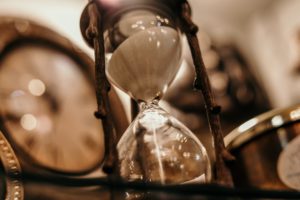
Wrist Watch
In 1504, the first portable timepiece was invented in Nuremberg, Germany by Peter Henlein. It was not very accurate.
The first reported person to wear a watch on the wrist was the French mathematician and philosopher, Blaise Pascal. With a piece of string, he attached his pocket watch to his wrist.
Pendulum Clock
In 1656, the pendulum clock was invented by Christian Huygens, making them more accurate.
Mechanical Alarm Clock
The first mechanical alarm clock was invented by American Levi Hutchins of Concord, New Hampshire, in 1787. However, the ringing bell alarm on his clock could ring only at 4 a.m.
In 1876, a mechanical wind-up alarm clock that could be set for any time was patented (No. 183,725) by Seth E. Thomas.
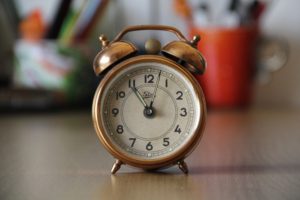
Quartz Clock
In 1927, Canadian-born Warren Marrison, a telecommunications engineer, was searching for reliable frequency standards at Bell Telephone Laboratories. He developed the first quartz clock, a highly accurate clock based on the regular vibrations of a quartz crystal in an electrical circuit.
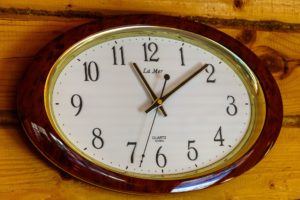
After a long battle with creating devices to measure time accurately, analogue watches and digital watches are in use today but still do not compare with the clocks made a few decades ago. Be it the finish, material or look, clock making was art then. Holding an ancient clock and feeling the make is like being on cloud nine.
Shop at Antiques of Kingston for a unique selection of antique clocks.
Happy shopping!


